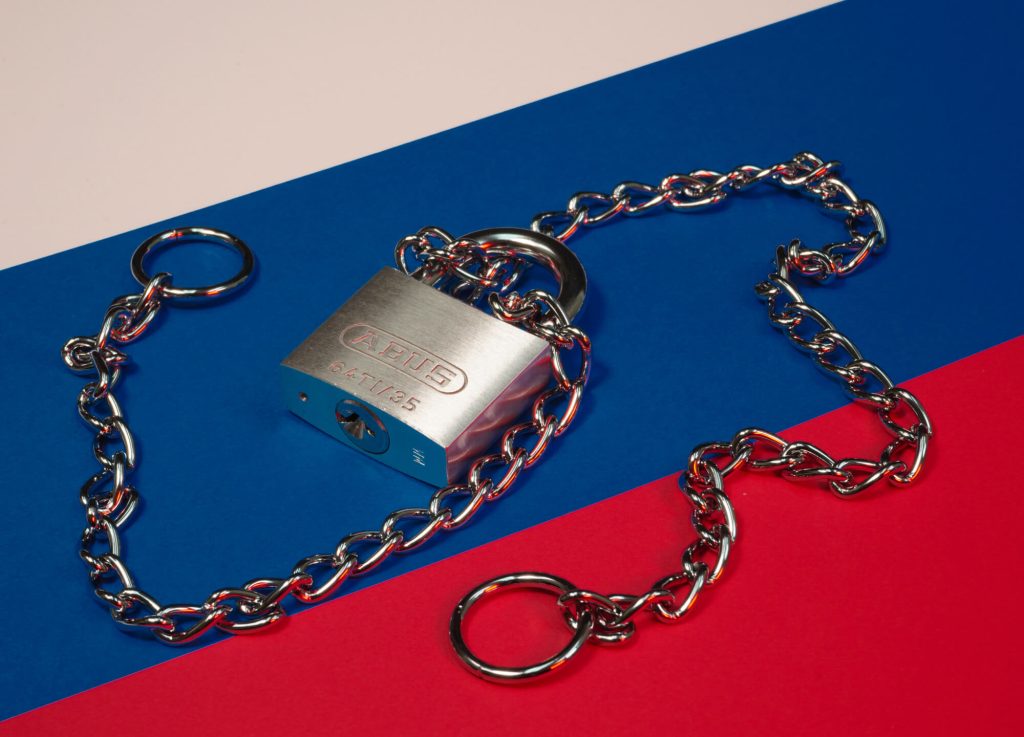
As the world grapples with the consequences of sanctions on Russian diamonds, it’s easy to think that these international measures only affect the G7 countries. However, the intricate web of the global diamond market ensures that the repercussions reach far beyond this exclusive group. Australia, not a G7 member, finds itself at the crossroads of these sanctions, where consumers and wholesalers must navigate the shifting tides of the diamond trade. Sanctions on Russian diamonds have far-reaching effects, touching consumers and wholesalers in the land down under.
The diamond industry’s interconnected nature means that disruptions at one end of the world can resonate in a jewellery store in Sydney. In these turbulent times, adaptation, compliance, and a commitment to ethics become the guiding stars for Australia’s diamond trade as it navigates the changing currents of the industry. One thing is clear: diamonds, once just a symbol of luxury, are now emblematic of the complex interplay between geopolitics, economics, and technology.
The diamond market, typically associated with luxury and opulence, has become an unexpected battlefield in the ongoing conflict between Russia and Ukraine. With Russia being the world’s largest diamond exporter by volume, the sanctions on Russian diamonds have far-reaching consequences beyond the sparkle and shine. As the Group of Seven (G7) nations and the European Union gear up to unleash more sanctions on Russian diamonds, the diamond industry braces itself for a new era.
Nineteen months have passed since Russia’s invasion of Ukraine sent shockwaves across the globe. Russia’s dominance in the diamond market, primarily through the state-owned company Alrosa, is undeniable. In 2021 alone, Alrosa mined almost one-third of all diamonds produced worldwide. As a response to the conflict and to curtail funds flowing into the Kremlin’s war chest, the United States and other nations have enacted sanctions. President Biden banned the import of rough diamonds from Russia, while the US Treasury Department slapped sanctions on Alrosa. The UK went a step further by imposing an outright ban on Russian diamonds.
However, this move faced resistance, particularly from Antwerp, Belgium’s diamond trading hub. Antwerp’s concerns ranged from tracking a diamond’s true origin to worries about losing ground to rivals like Dubai and India in the Russian diamond trade. President Volodymyr Zelensky of Ukraine was quick to point out that, for some, the importance of diamonds sold in Antwerp overshadowed the ongoing battle. This divergence in opinions highlights the complex web of interests entangled in the diamond trade.
Now, the global diamond industry is preparing for another round of sanctions, this time from the G7 nations and the European Union. These sanctions are expected to prohibit the import of gemstones mined in Russia, including those cut and polished in other countries. However, there is a nuance to these sanctions. Paul Zimnisky, a diamond industry analyst, points out that the current US sanctions primarily cover rough Russian diamonds or those cut and polished within Russia. Given that approximately 90 percent of diamonds are cut and polished in India, the regulations are not as stringent as they seem.
Some industry players have chosen to go beyond government regulations. Signet Group, Richemont, and LVMH have informed suppliers that they will not purchase Russian stones, making suppliers responsible for disclosing gem provenance. This self-imposed embargo has a more immediate impact on the diamond trade, showing that industry dynamics are as influential as government sanctions.
Implementing these new sanctions isn’t without challenges. Diamonds pass through numerous hands, changing ownership 20 to 30 times between mine and market. Finding the right balance between ambition and realism is crucial, as restructuring this complex global supply chain could take years rather than months.
Moreover, the sanctions will likely cover only larger finished stones, leaving smaller gems initially untouched. Russia specialises in producing small diamonds, often sold in bulk. This creates a potential loophole in the sanctions that would need addressing as the industry faces a clash of values and the global diamond shuffle starts to swing to a different tune.
The impact of existing sanctions is already evident in the diamond trade. Antwerp, once a bustling hub for rough Russian stones, has seen a significant drop in official imports. In contrast, China, Armenia, Belarus, and Dubai have emerged as new destinations for Russian diamonds. India, where most of the world’s rough diamonds are cut and polished, continues to handle Russian diamonds without incurring Western sanctions.
However, Indian traders have faced challenges, with some deals frozen by US authorities. This has led India to bolster its lab-grown diamond industry, a sector that aligns with the country’s ambitions and provides an alternative to natural stones. The Indian government’s investment in lab-grown diamonds is poised to disrupt the market further, potentially affecting the overall dynamics of the industry.
Technology’s Role in Diamond Provenance
Amid all these changes, technology is playing a pivotal role in ensuring diamond provenance. Blockchain and tracing technologies are explored as credible solutions to trace stone origins. The industry is gradually shifting towards technology-driven solutions, even though it may take years to implement a comprehensive scheme.
Technology is a formidable protagonist, reshaping the industry’s landscape and underpinning its future. As a result of blockchain and tracking technologies, diamond origins can now be accurately traced, resulting in a transformative shift in the diamond industry. As the diamond trade adapts to this technological revolution, one Australian company, Everledger, is making significant strides in facilitating interoperability among multiple platforms, creating a cohesive ecosystem for the exchange of crucial information.
While the implementation of these technology-driven solutions may take years, their potential impact on the diamond industry is undeniable. The focus is on ensuring transparency and traceability, aligning with the growing consumer demand for ethically sourced and fully documented diamonds.
Everledger, as a trailblazer in this field, is pioneering the development of a protocol that enables interoperability across various platforms. This protocol acts as a bridge, connecting disparate systems within the diamond supply chain. It facilitates the exchange of critical information related to diamond provenance, offering a standardised framework for data sharing.
The significance of this achievement cannot be exaggerated. In an industry as intricate as the diamond trade, where stones change hands dozens of times from mine to market, having a standardised and interoperable system is a game-changer. It ensures information about a diamond’s origin, processing, and ethical compliance can be seamlessly verified across the supply chain.
Everledger’s efforts are strengthened by other technological advances in the industry. De Beers’ Tracr platform and the Gemological Institute of America’s (GIA) GIA Source Verify service are noteworthy examples. These initiatives aim to enhance transparency and traceability by providing consumers and stakeholders with the means to validate a diamond’s origin and ethical credentials.
The Swiss company Spacecode makes bold claims to identify the region of origin for individual diamonds, further contributing to the quest for transparency. Sarine’s traceability system, the Diamond Journey, offers a comprehensive approach to tracking diamonds from the moment they are extracted from the earth. These technological advancements collectively represent a seismic shift towards a more transparent and accountable diamond industry.
The practical implications of interoperable protocols are far-reaching, with Everledger recognising the requirement to streamline the data exchange, making it easier for industry players to comply with evolving regulations and ethical standards. Moreover, it empowers consumers to make informed choices about the diamonds they purchase, fostering trust and confidence in the industry.
As Everledger continues to refine and expand its interoperability protocol, the diamond industry is positioned for a transformation. Technology and innovative solutions are driving the journey towards transparency and traceability. While challenges remain, the commitment of companies like Everledger to revolutionise the industry’s dynamics signals a promising future for ethically sourced and fully documented diamonds. The sparkle of these precious gems may forever endure, but the industry beneath it is evolving with the times, thanks to technological pioneers like Everledger.
In this dynamic landscape, Australia’s diamond industry is at a pivotal moment of change. By embracing innovation, ethical practises, and a commitment to meet evolving consumer expectations, it can navigate the shifting currents of the diamond trade and emerge stronger in a world where diamonds shine with beauty and integrity.

Leanne Kemp
CEO, Everledger
everledger.io
Further reading: